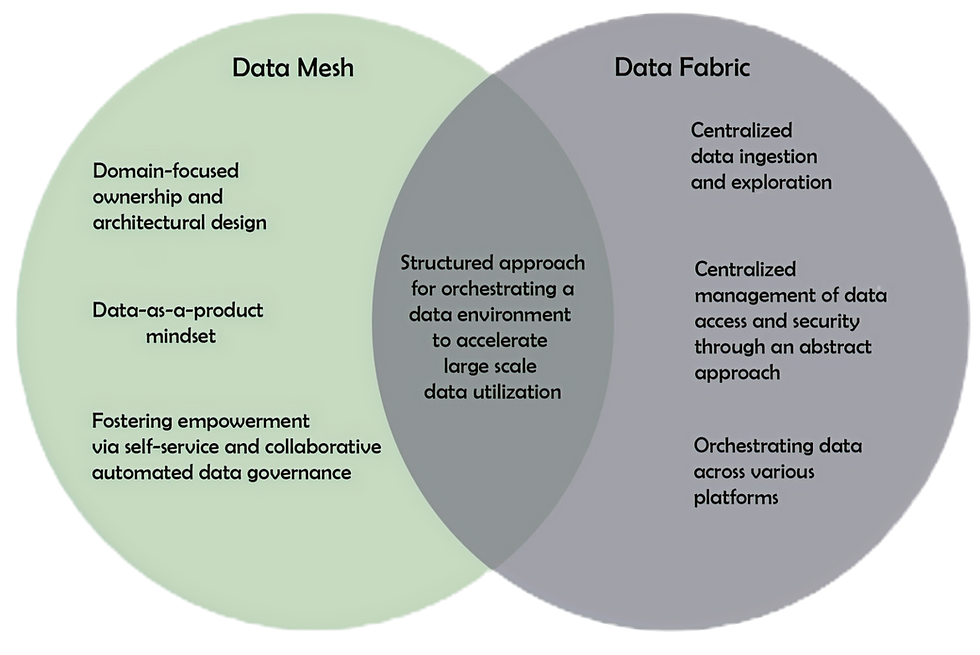RAG: An Approach to Avoid GenAI Hallucinations
- Ankit Mittal
- Nov 30, 2023
- 2 min read
In the dynamic landscape of artificial intelligence, the pursuit of more accurate, contextually relevant, and up-to-date responses has led to the emergence of innovative techniques. One such advancement is Retrieval-Augmented Generation (RAG). This concept has gained traction among generative AI developers seeking to optimize the output of Large Language Models (LLMs) without extensive retraining.
The RAG Advantage
RAG provides a unique solution by allowing generative AI systems to access targeted information without modifying the underlying model. This targeted information is not only more up-to-date but can also be specific to a particular organization and industry. Consequently, the generative AI system equipped with RAG capabilities can offer contextually appropriate answers to prompts, drawing on highly current data.
To illustrate the impact of RAG, consider a sports league aiming to engage fans and the media through chat-based interactions. While a generalized LLM could provide information on the history and rules of the sport, it might struggle to offer insights into last night's game or provide real-time updates on player injuries. This limitation arises from the impracticality of continuously retraining the LLM to stay current.
RAG comes to the rescue by enabling the generative AI to ingest and utilize information from various sources, including databases, documents, and news feeds. The result is a chat system that delivers more timely, contextually appropriate, and accurate information.
Implementing RAG
Implementing RAG involves creating a knowledge library consolidating diverse data sources into a standard format. This knowledge is then processed into numerical representations using embedded language models and stored in a vector database for quick and efficient retrieval.
When a user submits a prompt, the RAG model transforms it into a vector, queries the vector database for contextually relevant information, and combines this with the original prompt. The LLM then generates a response based on its generalized knowledge and the freshly retrieved contextual information.
While training a generalized LLM is time-consuming, updating the RAG model with new data is a streamlined and continuous process. This incremental approach allows for ongoing improvements in performance and accuracy as the generative AI system learns from its past responses.
Benefits of Retrieval-Augmented Generation
The advantages of RAG extend beyond the capabilities of LLMs alone:
Fresher Information: RAG provides access to more up-to-date data than what was used to train the LLM.
Cost-Effective Updates: The knowledge repository in RAG can be continually updated without significant costs
Contextual Precision: RAG's knowledge repository can contain more contextually relevant data than a generalized LLM, hence reducing hallucinations.
Identifiable Sources: RAG can identify the specific source of information, facilitating quick corrections to inaccuracies.
RAG's impact goes beyond sports and can be applied to various domains, as companies like Cohere and Microsoft demonstrate. From providing contextual information about vacation rentals to analyzing financial reports and assisting in oil discovery, RAG's versatility makes it a powerful tool in the arsenal of generative AI and NLP.
In conclusion, Retrieval-Augmented Generation represents a leap forward in optimizing generative AI systems. By seamlessly integrating targeted information, RAG enables AI models to offer more than just responses—they provide timely, contextually rich, and evidence-grounded answers, surpassing the capabilities of traditional LLMs. As the field of generative AI continues to evolve, RAG stands out as a key enabler of smarter, more responsive AI systems.



Comments